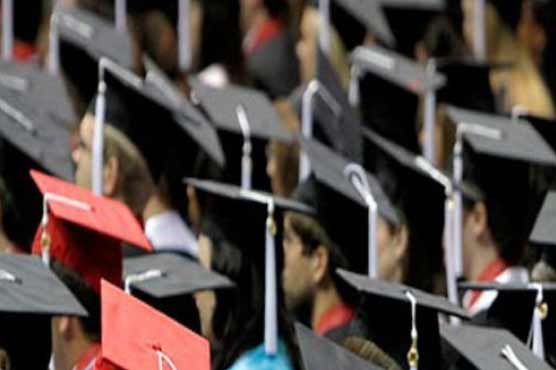Ten most educated countries of the world

In the past 50 years, college graduation rates in developed countries have increased nearly 200%.

In the past 50 years, college graduation rates in developed countries have increased nearly 200%.